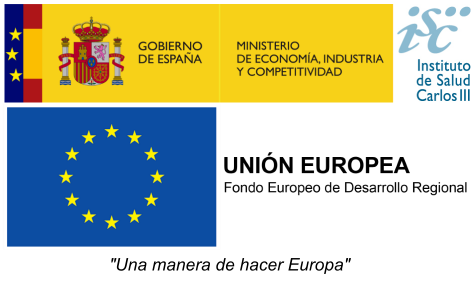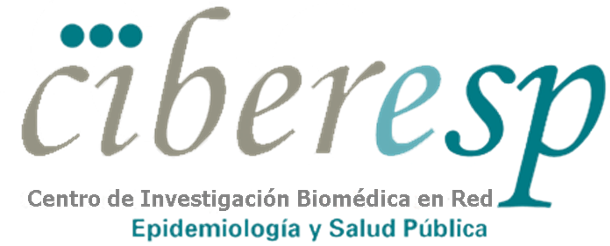Pattern of Comorbidities and Multimorbidity among Colorectal Cancer Patients in Spain: CoMCoR study.
Cite as:
Multimorbidity by Patient and Tumor Factors and Time-to-Surgery Among Colorectal Cancer Patients in Spain: A Population-Based Study
Miguel Angel Luque-Fernandez, Daniel Redondo-Sanchez, Shing Fung Lee, Miguel Rodríguez-Barranco, Mª Carmen Carmona-García, Rafael Marcos-Gragera, María José Sánchez
Clinical Epidemiology
DOI: 10.2147/CLEP.S229935
Multimorbidity by Patient and Tumor Factors and Time-to-Surgery Among Colorectal Cancer Patients in Spain: A Population-Based Study
Miguel Angel Luque-Fernandez, Daniel Redondo-Sanchez, Shing Fung Lee, Miguel Rodríguez-Barranco, Mª Carmen Carmona-García, Rafael Marcos-Gragera, María José Sánchez
Clinical Epidemiology
DOI: 10.2147/CLEP.S229935
E-mail us
with your comments:
miguel.luque.easp at juntadeandalucia.es
miguel.luque.easp at juntadeandalucia.es
Background:
Cancer accounted for 8.8 million deaths globally in 2015 and was the second most common cause of death in the world.[1] Colorectal (CRC) cancer is the second most frequently diagnosed cancer in Spain with 44,937 estimated new CRC cases in 2019.[2] Despite the high prevalence of colorectal cancer in the elderly population, the inclusion of this cohort in clinical trials is disproportionately low. Besides clinical and pathological characteristics of the tumour, also general health status and comorbidities can influence cancer treatment and outcomes. Comorbidity and multimorbidity are increasingly seen as a problem of the elderly.[3, 4] A number of studies have been performed analysing the influence of age and comorbidity on cancer outcomes, but little evidence is available regarding the frequency and distribuion of comorbidities and multimorbidity at a population level among colorectal cancer patients in Spain.Methods:
We developed a population-based cross-sectional study including all CRC cases diagnosed in 2011 (n= 1,061) in two Spanish provinces (Granada and Girona). Data were drawn from two population cancer registries and patient’s electronical health records. We defined comorbidity as the existence of a long-term health condition or disorder in the presence of cancer, whereas multimorbidity refers to the existence of two or more comorbid conditions [5, 6]. We described the frequency and distribution of comorbidities and multimorbidity by patient and tumor factors using radar-plots and heatmaps. Then, we used generalized log-linear models to characterize the factors associated with a higher prevalence of the most prevalent comorbidities plus dementia and multimorbidity at diagnosis. We used forest plots to display the results.Results:
The most common comorbidities were diabetes (23.6%), chronic obstructive pulmonary disease (17.2%), and congestive heart failure (14.5%). Overall, there was a high proportion of CRC patients across all the comorbidities with an advanced stage at cancer diagnosis (stage III/IV). In contrast to other comorbidities, the prevalence of stage IV vs. stage I at diagnosis among CRC patients with dementia was 40% higher (PR: 1.4; 95%CI: 0.5, 3.5). CRC patients with advanced age, restricted performance or disable, obese, and smokers, had a higher prevalence of multimorbidity. For instance, current smokers had 2.7 times (95% CI: 1.6, 4.8) higher multimorbidity prevalence than non-smokers and obese CRC patients had 2.4 times (95% CI: 1.4, 4.0) higher multimorbidity prevalence than CRC patients with a BMI <25 km/m2 at diagnosis.Conclusions:
We found a consistent pattern of factors associated with a higher prevalence of comorbidities and multimorbidity at diagnosis among colorectal cancer patients at diagnosis in Spain. This pattern may add valuable insights for further etiological and preventive research and may help to identify patients at higher risk for poorer cancer outcomes and treatment.References:
1. World Health Organization. 2017. Cancer [Online]. Available: http://www.who.int/cancer/en/ [Accessed 30 October 2017].2. Galceran, J., et al., Cancer incidence in Spain, 2015. Clin Transl Oncol, 2017. 19(7): p. 799-825.
3. Macleod, U. and E. Mitchell, Comorbidity in general practice. Practitioner, 2005. 249(1669): p. 282-4.
4. Macleod, U., et al., Comorbidity and socioeconomic deprivation: an observational study of the prevalence of comorbidity in general practice. Eur J Gen Pract, 2004. 10(1): p. 24-6.
5. Porta, M.S., et al., A dictionary of epidemiology. Sixth edition / ed. 2014, Oxford: Oxford University Press. xxxii, 343 pages.
6. Lujic, S., et al., Multimorbidity in Australia: Comparing estimates derived using administrative data sources and survey data. PLoS One, 2017. 12(8): p. e0183817.

Multimorbidity by Patient and Tumor Factors and Time-to-Surgery Among Colorectal Cancer Patients in Spain: A Population-Based Study
Miguel Angel Luque-Fernandez, Daniel Redondo-Sanchez, Shing Fung Lee, Miguel Rodríguez-Barranco, Mª Carmen Carmona-García, Rafael Marcos-Gragera, María José Sánchez
Clinical Epidemiology
DOI: 10.2147/CLEP.S229935
Pattern of comorbidities: radar plots
Distribution (percentage) of comorbidities prevalence by factors selected in the sidebar menu
Cluster of comorbidities: heatmaps
Prevalence of comorbidities by factors selected in the sidebar menu:
Comorbidities' Prevalence Ratios: forest plots
Cite as:
Multimorbidity by Patient and Tumor Factors and Time-to-Surgery Among Colorectal Cancer Patients in Spain: A Population-Based Study
Miguel Angel Luque-Fernandez, Daniel Redondo-Sanchez, Shing Fung Lee, Miguel Rodríguez-Barranco, Mª Carmen Carmona-García, Rafael Marcos-Gragera, María José Sánchez
Clinical Epidemiology
DOI: 10.2147/CLEP.S229935
Multimorbidity by Patient and Tumor Factors and Time-to-Surgery Among Colorectal Cancer Patients in Spain: A Population-Based Study
Miguel Angel Luque-Fernandez, Daniel Redondo-Sanchez, Shing Fung Lee, Miguel Rodríguez-Barranco, Mª Carmen Carmona-García, Rafael Marcos-Gragera, María José Sánchez
Clinical Epidemiology
DOI: 10.2147/CLEP.S229935
E-mail us
with your comments:
miguel.luque.easp at juntadeandalucia.es
miguel.luque.easp at juntadeandalucia.es
Authorship

Miguel Angel Luque-Fernandez
ORCID: https://orcid.org/0000-0001-6683-5164
Biomedical Research Institute of Granada
Non‐Communicable and Cancer Epidemiology Group (ibs.Granada)
University of Granada, Granada, Spain.
Biomedical Network Research Centers of Epidemiology and Public Health (CIBERESP), ISCIII, Madrid, Spain
London School of Hygiene and Tropical Medicine, London, UK
miguel.luque.easp at juntadeandalucia.es

Daniel Redondo Sánchez
ORCID: https://orcid.org/0000-0001-9986-915X
Biomedical Research Institute of Granada
Non‐Communicable and Cancer Epidemiology Group (ibs.Granada)
University of Granada.
Granada Cancer Registry, Andalusian School of Public Health
Biomedical Network Research Centers of Epidemiology and Public Health (CIBERESP), ISCIII, Madrid, Spain
daniel.redondo.easp at juntadeandalucia.es
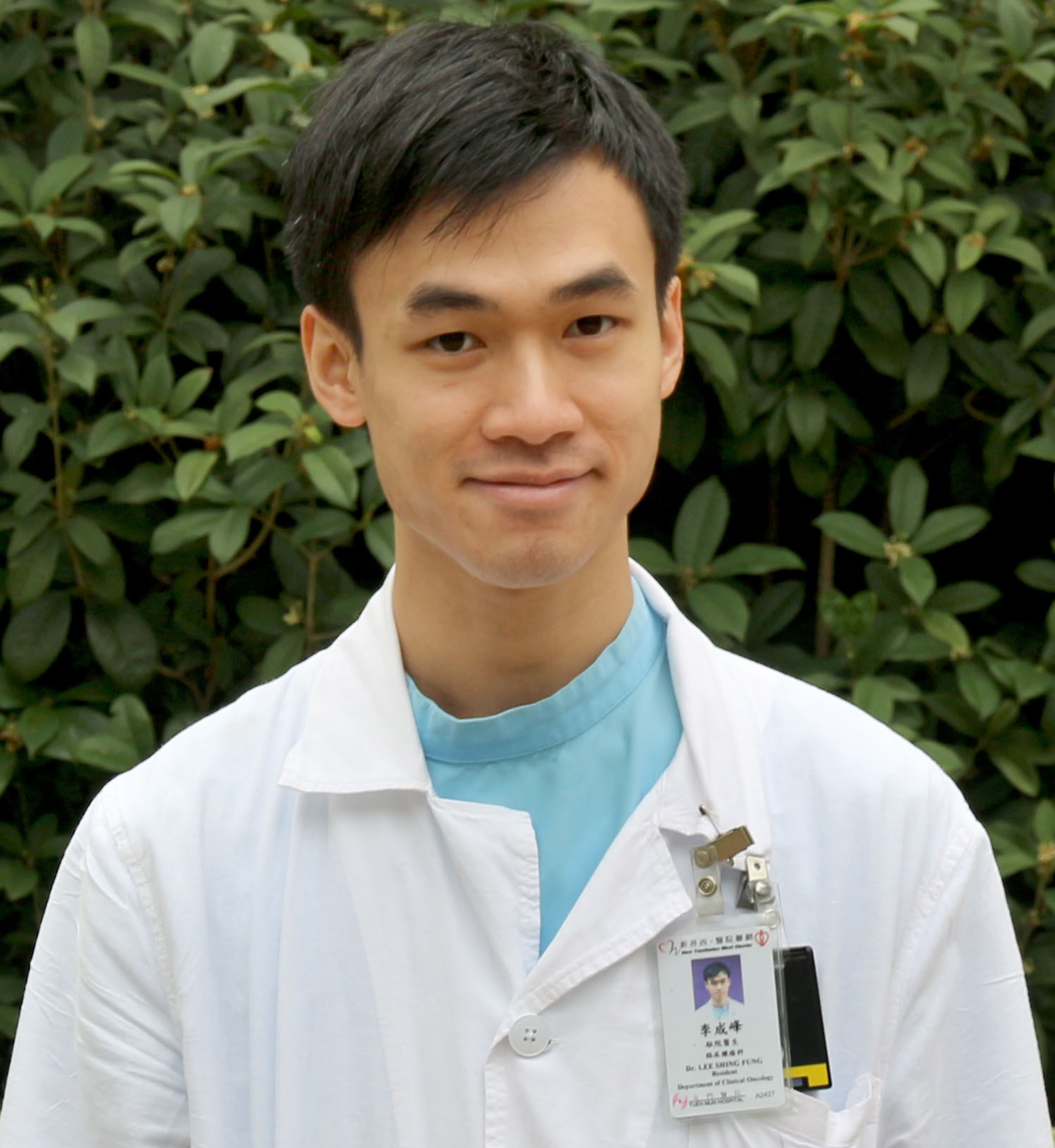
Shing Fung Lee
Department of Clinical Oncology, Tuen Mun Hospital, New Territories West Cluster, Hospital Authority, Hong Kong
leesfm at ha.org.hk
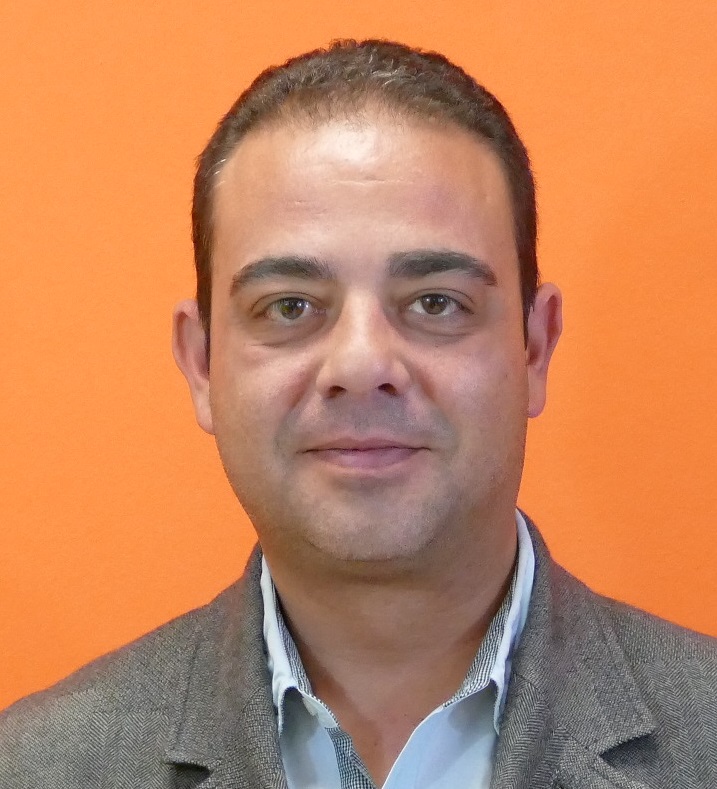
Miguel Rodríguez Barranco
ORCID: https://orcid.org/0000-0002-9972-9779
Biomedical Research Institute of Granada
Non‐Communicable and Cancer Epidemiology Group (ibs.Granada)
University of Granada, Granada, Spain.
Granada Cancer Registry, Andalusian School of Public Health
Biomedical Network Research Centers of Epidemiology and Public Health (CIBERESP), ISCIII, Madrid, Spain
miguel.rodriguez.barranco.easp at juntadeandalucia.es

Mª Carmen Carmona-García
ORCID: https://orcid.org/0000-0002-4011-9474
Catalan Institute of Oncology
University Hospital Dr Josep Trueta of Girona
Descriptive Epidemiology, Genetics and Cancer Prevention of the Biomedical Research Institute of Girona
University of Girona
ccarmona at iconcologia.net & ccarmonag.girona.ics at gencat.cat

Rafael Marcos Gragera
ORCID: https://orcid.org/0000-0001-9824-3657
Catalan Institute of Oncology
Descriptive Epidemiology, Genetics and Cancer Prevention of the Biomedical Research Institute of Girona
University of Girona, Girona, Spain
rmarcos at iconcologia.net
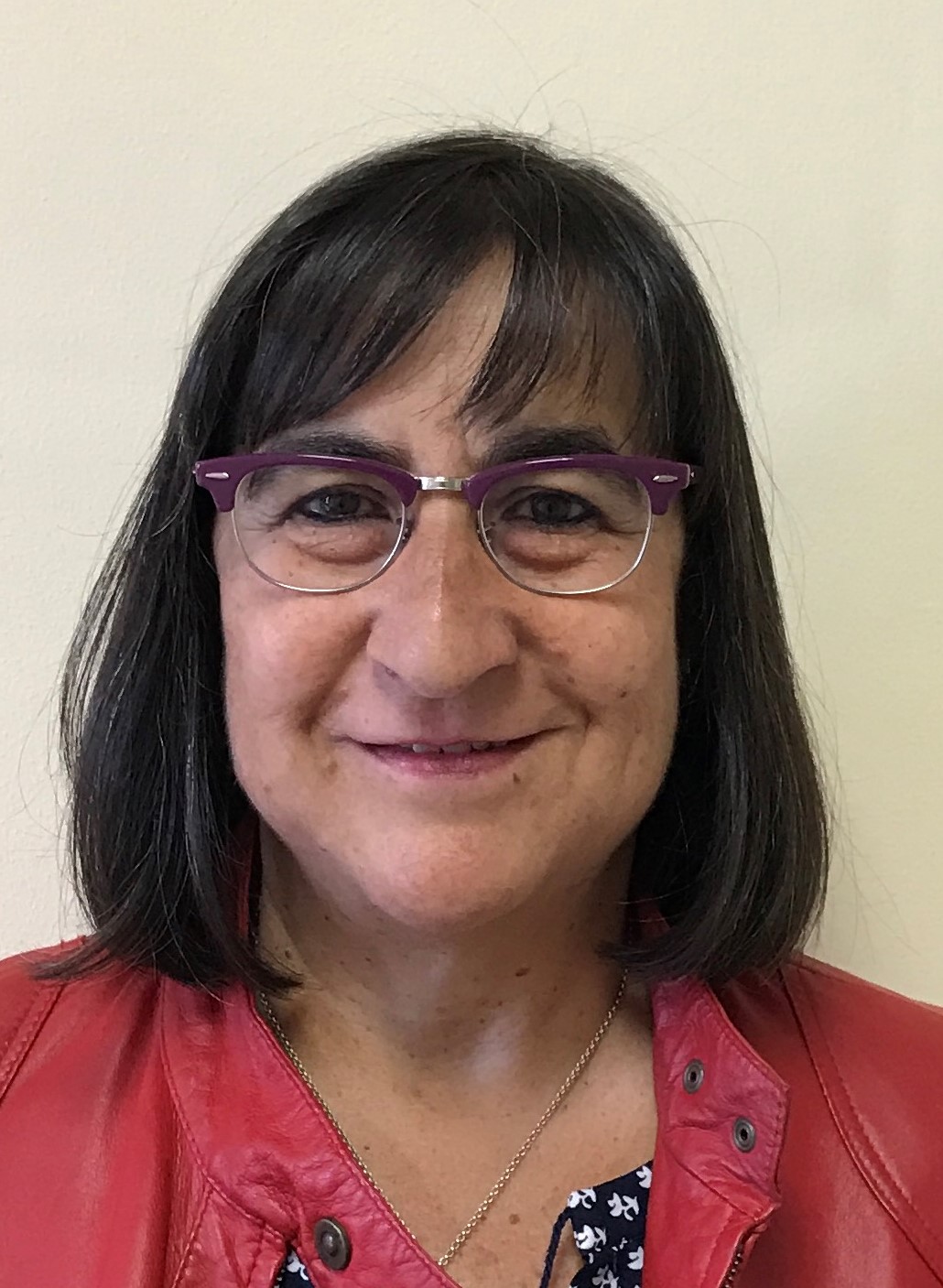
María José Sánchez Pérez
ORCID: https://orcid.org/0000-0003-4817-0757
Biomedical Research Institute of Granada
Non‐Communicable and Cancer Epidemiology Group (ibs.Granada)
University of Granada, Granada, Spain.
Granada Cancer Registry, Andalusian School of Public Health, Granada, Spain
Biomedical Network Research Centers of Epidemiology and Public Health (CIBERESP), ISCIII, Madrid, Spain
mariajose.sanchez.easp at juntadeandalucia.es
Acknowledgment
Funding informationCarlos III Institute of Health, Grant/Award Number: CP17/00206 and the Andalusian Department of Health, Grant Number: PI-0152/2017.
